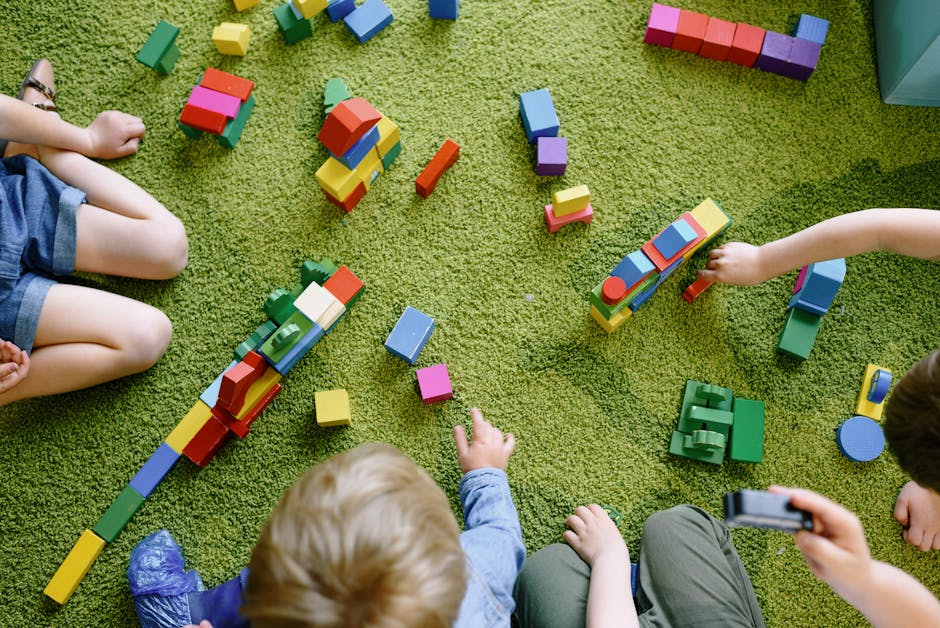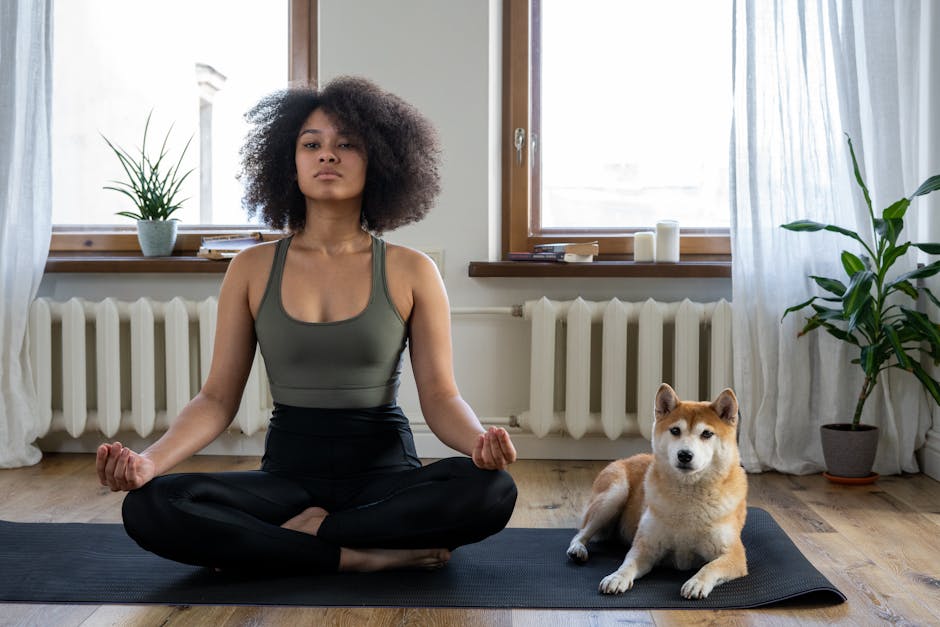Whiskers and Workouts: Tailor Your Pet’s Fitness Plan Today
Creating a personalized fitness plan for your pet can transform their health and happiness. Whether you have a playful pup or a curious kitten, understanding the science behind pet exercise is crucial. Not only does regular activity keep them fit, but it also strengthens your bond and enhances their mental well-being. In this comprehensive guide, we will explore how to design a tailored fitness routine that aligns with your pet's unique needs, preferences, and lifestyle.
Understanding Your Pet's Unique Fitness Needs
Pets, like humans, have varying energy levels and fitness requirements. Understanding these aspects is essential before creating a personalized workout routine. Factors such as age, breed, weight, and health conditions play significant roles in determining how active your pet should be.
- Age Factors
- Puppies and Kittens: Young animals have boundless energy but need shorter bursts of activity to prevent exhaustion. Aim for multiple play sessions throughout the day that incorporate training, socialization, and exploration.
- Adults: Healthy adult pets generally require regular exercise, typically 30 minutes to 2 hours each day depending on their energy levels. Activities can range from brisk walks to interactive play and agility training.
-
Seniors: Older pets may be less active, but consistent low-impact activities can enhance their mobility and keep them engaged. Gentle walks and swimming can be excellent choices.
-
Breed Specifics
-
Certain breeds are naturally more energetic and require more stimulation. For example, working breeds like Border Collies thrive with extensive physical and mental challenges, while some small or toy breeds may get sufficient exercise with shorter bursts of play.
-
Health Considerations
- Consultation with your veterinarian is crucial when determining an appropriate fitness level for pets with underlying health issues. For example, arthritis may necessitate a gentler approach, while other conditions like obesity may require a more rigorous regimen.
By assessing these factors, you can tailor a fitness plan that caters to your pet's individual characteristics, ensuring their safety and enjoyment.
Designing the Perfect Fitness Routine

Once you have a grasp on your pet's specific needs, the next step is creating a fitness routine that incorporates various activities, maintains their interest, and improves their physical and mental health.
- Incorporate Various Exercise Types
- Mix up routine exercises to keep things fresh—consider running, swimming, hiking, and agility training while watching out for signs of fatigue.
-
Including mental stimulation is equally vital. Puzzle toys, scent trails, and interactive games can help keep your pet's mind sharp while engaging their bodies.
-
Make It Interactive
-
Involve your pet in family decisions to boost their interest in workouts. For example, if they love swimming, make plans for regular visits to a pet-friendly beach or pool. Engage in family playdates and let your pet's personality shine during exercise.
-
Utilize Technology
-
Devices like activity trackers can help monitor your pet’s activity levels and ensure they’re hitting their fitness goals. Some devices provide insights into their health indicators, further enabling you to tailor workouts effectively.
-
Set Realistic Goals
-
Begin with achievable milestones to encourage consistency. Celebrate their progress and adjust their fitness plan as they grow stronger and more fit.
-
Safety First
- Always have fresh water available during exercise, and be cautious of weather conditions. Hot days require lighter activities to avoid overheating, while colder months might demand shorter but more engaging workouts.
The Role of Play and Socialization

Pets thrive on social interactions. Engaging your furry friend in playdates with other pets enhances their social skills and contributes to their overall mental well-being. Check out our article on interspecies playdates to understand the emotional and physical benefits of these experiences.
Additionally, varying the environment where workouts occur—a local park, your backyard, or even indoor obstacle courses—can keep your pet intrigued and engaged. Expose them to different scents, surfaces, and sounds to create a rich sensory experience.
Incorporating Training into Fitness Regimens

As you devise a fitness plan for your pet, incorporating training elements can enhance both their physical capabilities and behavioral responses. Utilize positive reinforcement and reward-based training to instill desirable behaviors.
- Engage with Positive Reinforcement
-
Make training sessions enjoyable by integrating treats or toys. The behavioral aspect of training while exercising can reinforce a positive mindset during physical activity. This approach resonates with principles found in our guide to positive reinforcement.
-
Explore Different Training Techniques
-
Consider incorporating unique methods that resonate with your pet’s individual personality. You might find that certain training techniques evoke greater enthusiasm and responsiveness, especially when they align with how your pet communicates.
-
Gamify the Experience
- Duet training with games to promote better engagement. Utilizing a playful inner child can convert workouts into fun, memorable experiences for you and your pet. Read more about gamifying training here.
The Benefits of Mindfulness in Pet Fitness

Mindfulness isn't just for humans—it's a powerful tool for pets too! Incorporating mindfulness techniques can lead to a stronger bond while improving your pet's behavior.
- Mindful Moments
-
Regular moments of quiet reflection shared between you and your pet allow for emotional bonding. This practice also helps reduce anxiety in pets and humans alike. Implementing a regular meditation schedule could significantly enhance your pet's overall well-being. Discover methods for shared mindfulness in our guide.
-
Sensory Environments
- Create sensory-rich spaces that improve your pet's experience during workouts. The perfect sensory garden can allow them to interact with various textures, scents, and sounds, enriching their exercise routine.
Measuring Progress and Adjustments

As your personalized fitness plan takes shape, it’s essential to monitor your pet’s progress. Regular check-ins with a veterinarian can ensure your pet is on track physically.
- Track Performance
-
Keep a journal of the activities your pet enjoys and their observable behaviors. Not only does this help in adjusting parameters, but tracking can also pinpoint patterns in their energy levels and preferences.
-
Shifting Activities
- Be adaptable, as your pet's needs may change over time. You may need to increase or decrease the frequency of certain activities based on changes in their physical condition or energy.
Final Thoughts
Creating a personalized fitness plan for your pet involves understanding their unique needs, interests, and capabilities. Incorporate a mix of physical activities, mental stimulation, and social experiences to enrich their lives. A tailored approach creates a foundation for a healthier, happier pet while strengthening the bond you share. Remember, this should never feel like a chore; it should be a delightful journey where both of you grow and thrive together.
Empower yourself with the tools and insights needed to keep your furry friend active and engaged. Whether it's adjusting their meal plans, incorporating mindful techniques, or introducing enriching sensory experiences, every step you take brings you closer to unlocking your pet’s fullest potential.
For more tips on enhancing your pet's emotional and physical journey, don't forget to check out our resources on tailored nutrition, the science of scent, and treating your pet with gentleness and empathy through interactive play.





